Genesis and afterlife of Leonard Cohen’s Hallelujah
One of the Canadian singer-songwriters’s most beloved songs is the subject of a new documentary film.
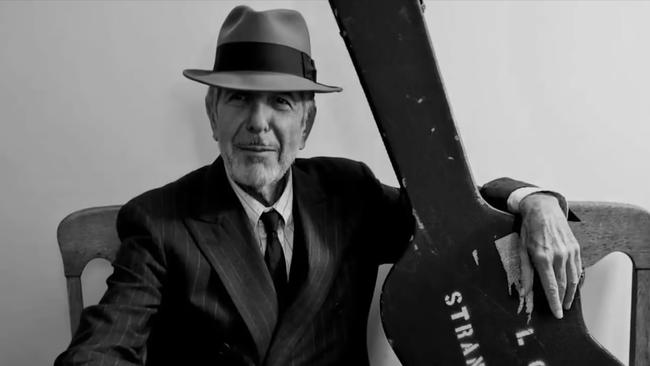
Nick Cave is a Leonard Cohen fan. So is Bob Dylan, as are so many other iconic singer-songwriters. Yet in the US, the Canadian-born Cohen struggled for years to be recognised for his unique gifts, particularly within the music industry.
A new documentary, Hallelujah: Leonard Cohen, A Journey, A Song, directed by married couple Daniel Geller and Dayna Goldfine, explores the artist’s career via a single song, Hallelujah – his most famous recording along with Suzanne.
“We were having dinner with our friend, film writer David Thomson, and we’d just finished our 2013 film The Galapagos Affair,” Goldfine recalls.
“For our next project he said we should make a documentary about a song. I turned to Dan and said, ‘I think there’s a song that we can do – Hallelujah’.
“We’d seen Leonard Cohen in concert twice when he came through the Bay Area and the concerts were unbelievable. But seeing him sing Hallelujah was almost life-changing. We thought we could unpack that song.
“The next day we did some searching online and came up with Alan Light’s book and we said if someone could spend 300 pages writing a book about this song and its history, then we could make a documentary.”
They optioned the music writer’s well-received 2012 tome The Holy or the Broken: Leonard Cohen, Jeff Buckley and the Unlikely Ascent of Hallelujah, and he was helpful as they navigated the challenging road ahead. It took a year and a half to obtain the rights to the song from Sony publishing.
“When we first approached Leonard through his manager, Robert Kory, it was a very short email saying we loved Alan’s book,” Goldfine recalls. “Like Alan, who had never asked for an interview from Leonard, we said we respected Leonard’s privacy and the fact that he wanted to use his time to produce his work. We were only asking that he bless the project and say that we could go forward. So, because that’s all we asked for, Leonard gave us that blessing within two weeks.”
Given the go-ahead, Geller and Goldfine unearthed footage and audio recordings, conducted interviews with music industry luminaries and drew on Cohen’s notebooks to create an account of the creation of the song. Cohen drew on his life in his songs and Hallelujah is deeply personal. He spent close to seven years writing the lyrics in a painstaking manner. He struggled with every word.
“We wanted to look at Leonard’s life through the prism of the song, which is so rich and so indicative of all of his concerns and the philosophical journeys that he took throughout his life,” Goldfine explains.
“The song captures many of the different facets of who Leonard Cohen was, as a man and a human being, whether it was spiritual or philosophical, or biblical or carnal. We didn’t want to start with how he was born in a hospital in Montreal and go step by step by step, but from the moment he says to the world, ‘You think I’m a writer, a novelist and a poet, but I actually am a songwriter. And I’m going to sing my song on TV, even though you thought I came here to talk about my novel’.”
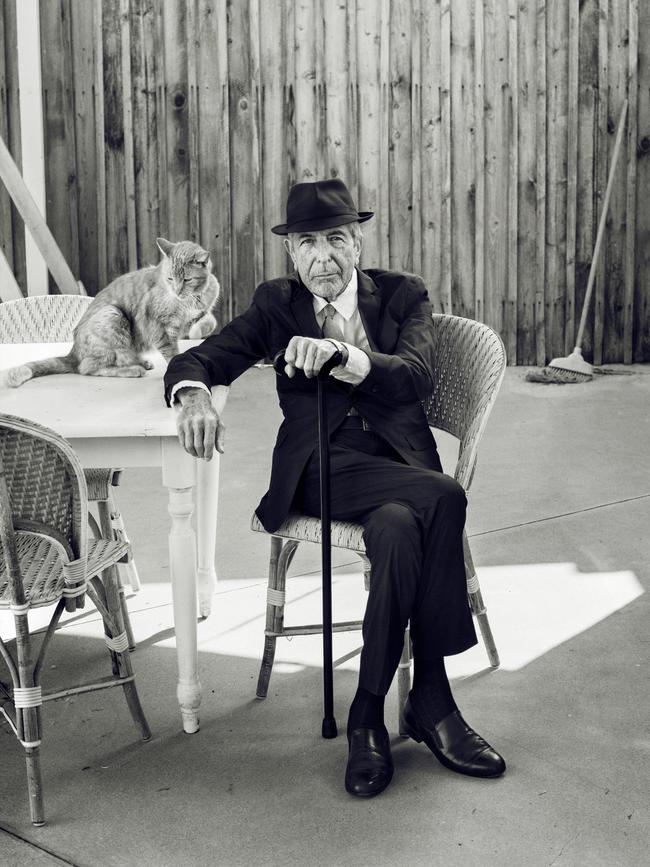
Cohen was already in his early 30s when he recorded his first album, Songs of Leonard Cohen.
As filmmakers, Geller and Goldfine had undertaken a similar approach with their previous documentaries The Galapagos Affair, about some unexplained disappearances in the Galapagos Islands in the 1930s, and Ballets Russes, about the famous ballet troupe. That film did well in Australia, and Goldfine notes that Cohen also enjoys a large following in this country. Cohen donated $200,000 to bushfire victims when he played here in 2009. His final Australian concerts were in 2013.
“I love the element of the surprise, finding little caches of material,” Goldfine admits. “Part of that is listening really carefully when you’re talking to people.”
In Hallelujah, the most prominent commentator is music journalist Larry “Ratso” Sloman, who was a cub reporter at Rolling Stone when he first interviewed Cohen in 1974, and who interviewed him up until 2001.
“At the end of our first interview with Ratso, he said, ‘You know, I’m pretty sure somewhere in my apartment I’ve got all of my tapes, because I recorded everything’. And he just said it as a throwaway. I kept saying, ‘Ratso, have you found those tapes yet?’ You know, part of an archivist’s tool is to be really persistent. It took a long time for Robert Kory, also the head of the Cohen estate, to admit that Leonard’s notebooks actually existed. So we continued to ask for them too.”
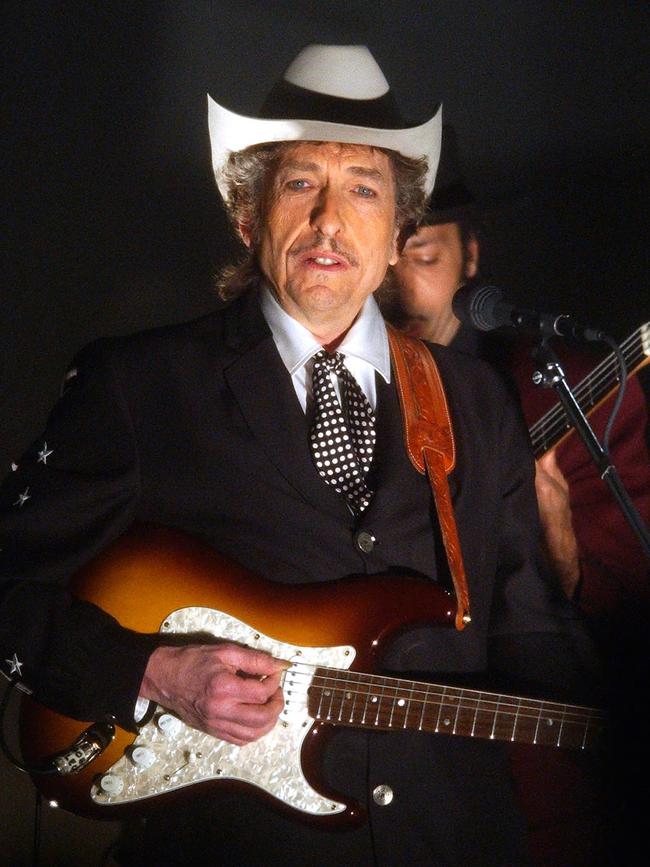
The film shows how the ever-astute Dylan had been the first to recognise the immensity of Hallelujah and he sang it in concert when few had heard of it. That is because Columbia Records had refused to release Cohen’s seventh album, Various Positions, which included Hallelujah, in the US. The album made the charts in Australia, New Zealand and Europe.
Hallelujah achieved success in the US only with John Cale’s 1991 version of the song, especially when it was featured in the 2001 animated film, Shrek. Jeff Buckley’s famous rendition (of Cale’s version) caught on long after Buckley’s tragic death in 1997 and only reached the charts in 2006. Hallelujah has now been performed by almost 200 artists in various languages.
Initially in the film we see Cohen sing the ballad in his final performance on December 21, 2013, and the film ends with a powerful rendition from KD Lang in a tribute concert following his death.
In between we watch his struggles as he deals with depression and doubts of his worth, and how from 1994 he spent five years in a Buddhist monastery on Mount Baldy. As an artist he was always determined to go his own way. Even financial ruin at the age of 71 – after his longtime manager Kelley Lynch embezzled more than $US5m, while also surreptitiously selling many of Cohen’s publishing rights – couldn’t stop him. He picked himself up and was he hugely successful right up to his death at the age of 82 in 2016, when he died after a fall.
Following his death, Hallelujah appeared on international singles charts, entering the American Billboard Hot 100 for the first time. Looking back, it’s hard to imagine why Columbia Records refused to release Various Positions, which so delayed Cohen’s US recognition. Goldfine says the album may have had a chance at a US release had Cohen finished it while Clive Davis and John Hammond were at the label.
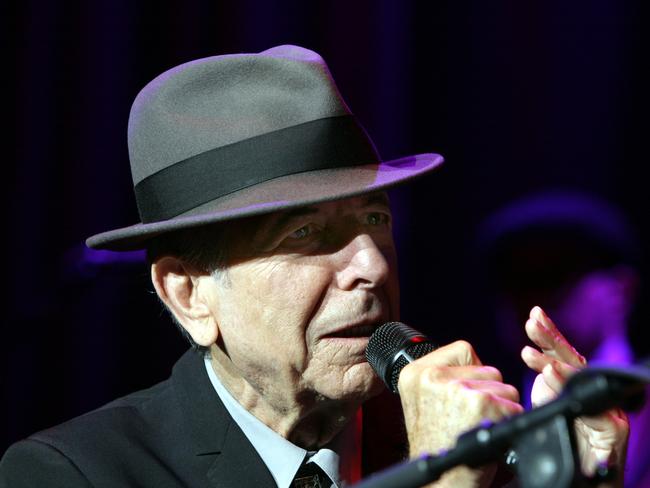
“But those people had gone,” she says. “There was a new gatekeeper, Walter Yetnikoff, and the music that Walter wanted was Michael Jackson. So much of one’s work as an artist is the luck of when it comes out in the world and who acts as the gatekeeper. Leonard unfortunately had a gatekeeper who didn’t get that album. But maybe that song was just meant to be out in the world. It made it.”
Would it be different today with social media and YouTube?
“I think so,” Goldfine continues. “I mean, look at Billy Eilish, she made music in her bedroom with her brother. But one of the things that I found really remarkable about Leonard was that he almost didn’t care (about recognition). In one archival clip from the early 90s, before he went up to Mount Baldy, he said, ‘You know, I don’t need to tell you who I am, I’m this guy who’s been making music for the last 30 years and none of you know who I am’.
“It took him around five years to make his albums and he just kept working at it. And I think he kept working on himself. It was that duality of trying to perfect his art through hard, hard work, and trying to protect himself as a human being through a lot of hard, honest introspection.”
On the other hand, Dylan claims he can write a song in 15 minutes, something that is disputed in the film by Sloman, who also wrote the book On the Road with Bob Dylan.
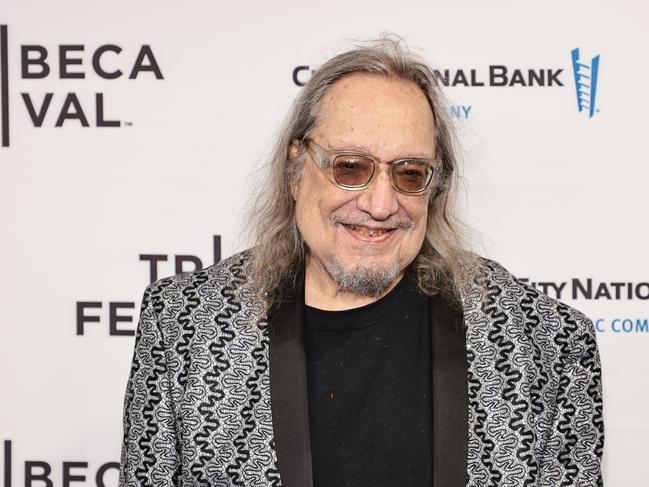
“Obviously that’s an exaggeration, but I do think that Dylan whips his songs out,” Goldfine says. “I don’t think that he goes back and really scrutinises them. Looking at all the footage of the two of them and the way that they talked about each other, there was clearly a camaraderie. The fact that Dylan chose to sing Hallelujah in concert when he knew that the album had not come out was a moment of solidarity. He only sang it twice, in Los Angeles and in Montreal, and both times he knew that Leonard was in the audience. I think they respected each other deeply.”
Both men had Jewish backgrounds and both looked for wider forms of spirituality.
“There’s the point in the film where Leonard says, ‘I want to make Hallelujah secular’, which I find really important,” Goldfine notes. “He consciously chose after a few years of singing the King David version to make it secular, to bring it down to earth.”
So which version of Hallelujah is her favourite? “When I was cutting the John Cale section, I really appreciated what he did and how simple he made it. But ultimately, it’s Leonard. That moment in the final tours when he actually gets down on his knees as a 75-year-old man and pours his entire soul into that performance is my favourite.”
The legacy of the song is enormous. It has become a fixture at weddings and talent shows as well as at important ceremonies.
“The last piece of archival footage that we laid was Yolanda Adams singing the song at the Covid-19 memorial service that took place the day before Joe Biden was inaugurated,” Goldfine says. “The song still resonates today. I also love Daniel Kahn’s Yiddish version that is huge on YouTube.
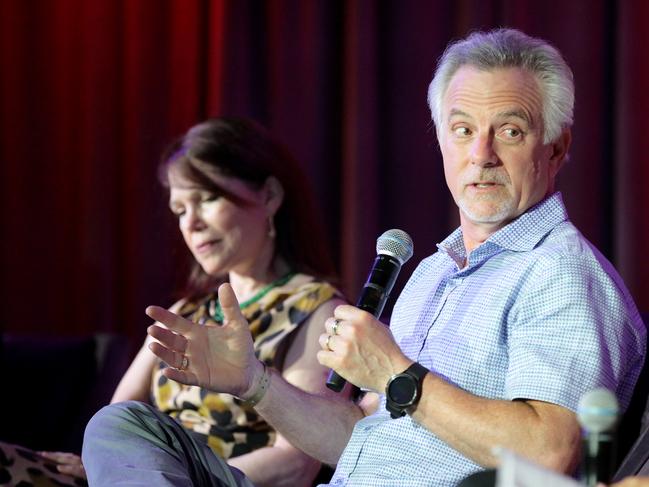
“As we were making the film, Alan Light would call us on a weekly basis, pointing to other versions, like ‘Eric Church just sang it spontaneously in concert and everyone in Nashville is writing about it’.
“At one point we had a section in the film, which we had to cut to keep it at a certain length, where we asked Leonard’s rabbi, Mordecai Finley, what he thought the song meant. He said he thought it was a very deep, depressing song and he’d used it when he’d officiated weddings and also funerals. Though he added, ‘I don’t think I would have that song sung at my wedding. It’s too dark’.
“I look at Hallelujah as uplifting in that it acknowledges the struggle. It acknowledges that, as Leonard says at the end of the film, ‘You look around and you see a world that cannot be made sense of. You either raise your fist or you say hallelujah. I try to do both’. I don’t think the song denies the darkness of the world.”
Goldfine and Geller’s film is the celebration of an artist who remains one of the greatest.
Hallelujah: Leonard Cohen, A Journey, A Song opens on July 14 in Sydney and Melbourne, and August 11 in Perth.

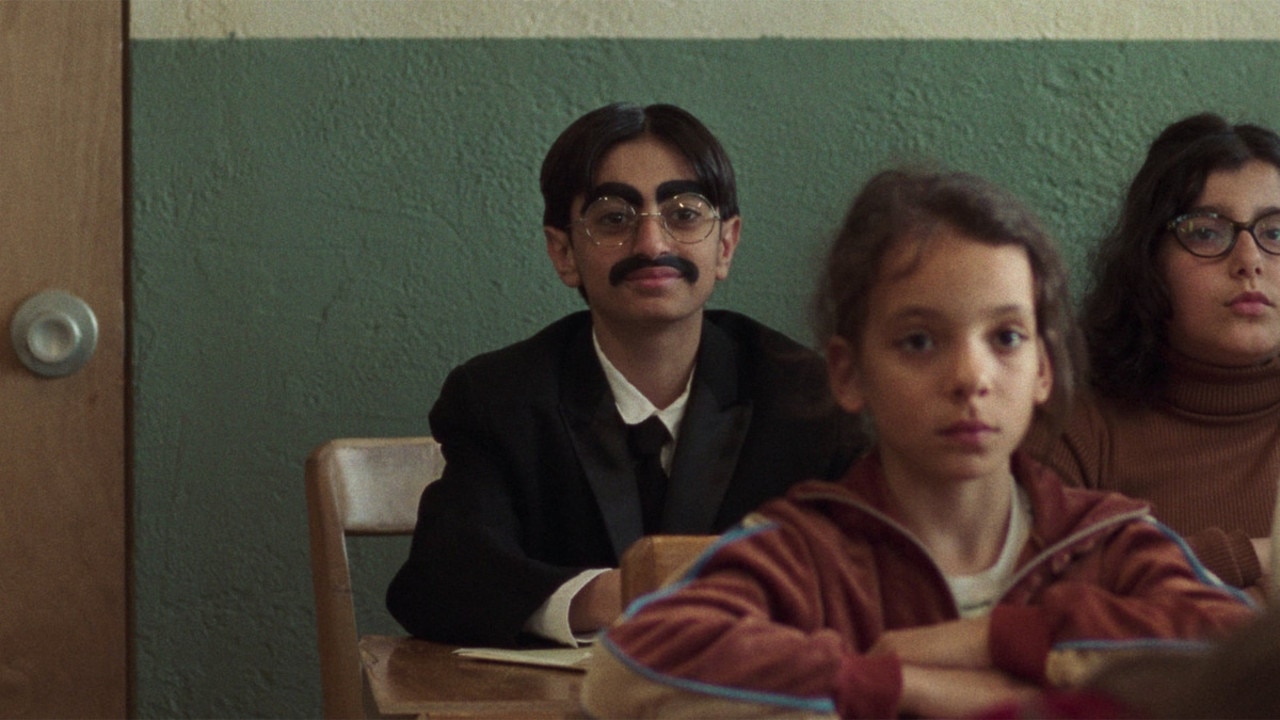

To join the conversation, please log in. Don't have an account? Register
Join the conversation, you are commenting as Logout